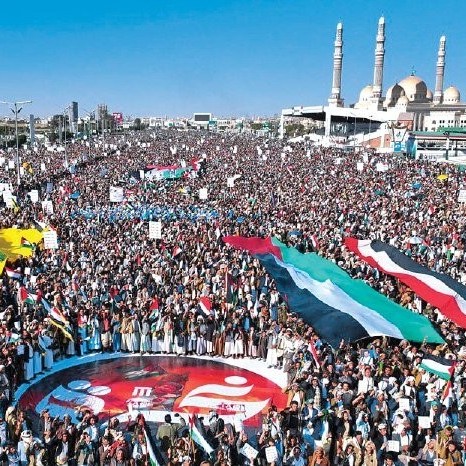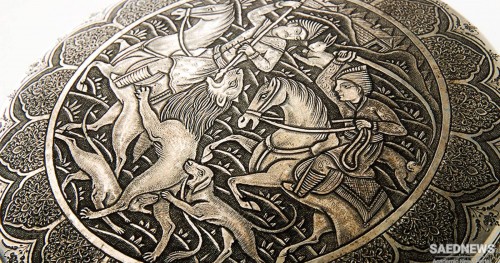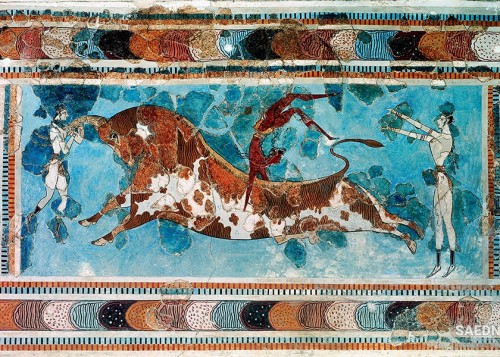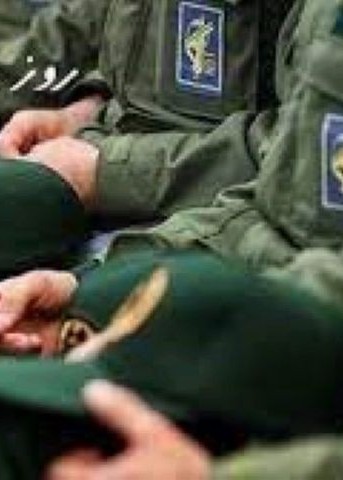A factor that plays an important role in forming cultural elements is the effect of geography and the environment. From many years ago, providing water has been one of the most important problems of people who live in dry lands, where water is scarce such as central regions of Iran, lands around the Lut and Namak Desert. When rainfall decreases and people encounter long and extreme draughts and very difficult conditions, a ritual that is generally like a performance takes place to ask for abundant rain from nature. It is called Talab-e Baran (prayer for the rain) or Estesgha. This ritual is performed in some cities of Iran more seriously, especially in the desert lands.
Ancient Iranians believed in water and rain and praised and worshiped them. It is believed among the prophets and Imams that when facing draughts and little rainfalls, it is best to pray, ask for rain and blessing from God. In many regions where the follower of Divine Faith live, rituals of prayer for rain is performed following specific formalities, and the religious figures attend them. Although such ritual also exists in the culture of other nations, they are more common in Iran and are held with more diversity. Generally, a group song is sung in the ceremony and it may be accompanied by music, and performances. Talab-e Baran is called by different names in each region. For example, in Markazi Province it is called Chamche Galin, in Dashtestan it is called Ketra Ge’she and Geli, in Bushehr Galin Va Aroose Zesht, and among the Bakhtiari Har Har Haroonak or Keli Kuseh.
Rituals related to prayer for the rain can be categorized based on the fact that they are performed in groups or not, or the symbols that are used in them. Prayers, cooking Ash (a kind of porridge), Gav Robayi (stealing cows), Hormat Shekani, using Baransaz stones, breaking spells and freeing the rain from the spells, Tafa’ol or fortune telling, Tabut Gardani and Alam Gardani, Kuse Gardi, Aroosak Gardani (puppet shows), rope competitions, using unconventional objects, asking Qalandars to perform music and sing, Hodorsa Hodorsa, Chehel Mola (forty mollas), Aroosi-e Ghanat, sacrifices, putting scissors under the downpipe, putting an upside down shovel on the rives, writing down the name of seven or forty bald men and tying it from downpipe, and many more traditions can be seen in parts of Iran, and is performed based on the beliefs of the people. Some of them are performed combined. For example, Kuseh or Aroosak Gardani is performed at the end of cooking Ash. But in some parts, each is performed separately.


 Celebration of the Birth of Sun
Celebration of the Birth of Sun














































